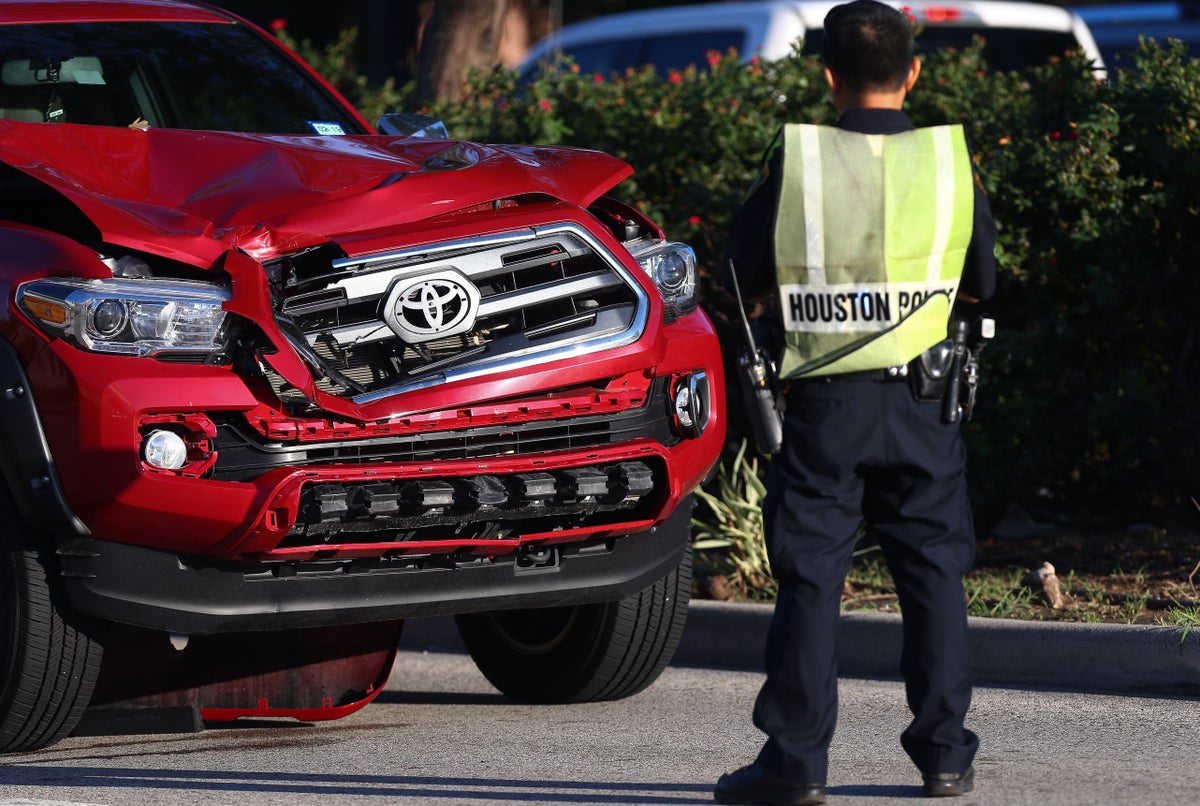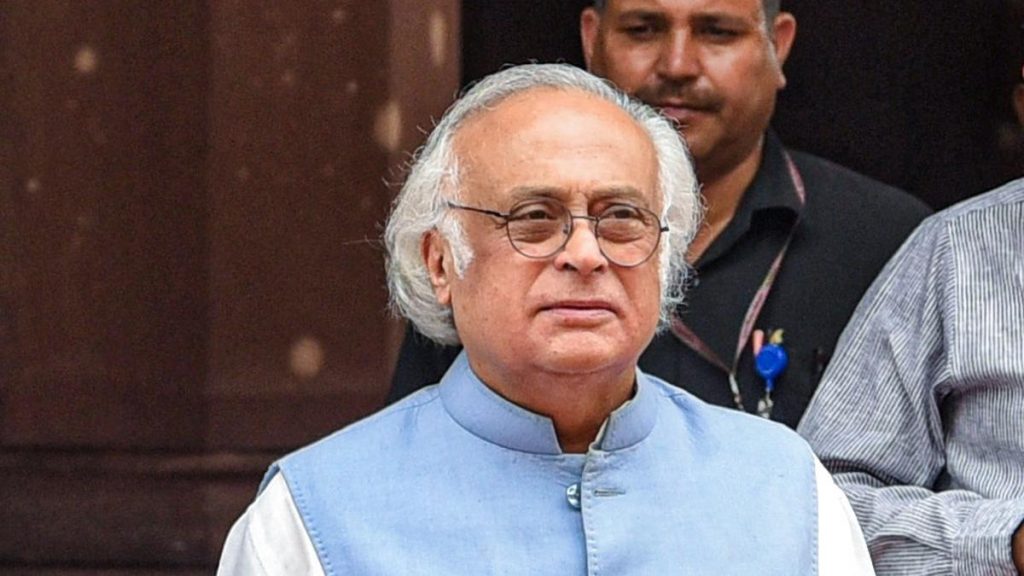Now Reading: Why Is Walking in the U.S. So Risky?
-
01
Why Is Walking in the U.S. So Risky?
Why Is Walking in the U.S. So Risky?

Quick summary
- Pedestrian death rates in the U.S.: The Centers for Disease Control and prevention reported that 7,522 pedestrians were killed by vehicles in 2022-approximately 20 deaths per day.
- Comparison with other countries: While pedestrian fatality rates are decreasing in countries such as South Korea and Poland, the U.S. remains stagnant.
- Factors contributing too unsafe walking conditions:
– Drivers ignoring stop signs or crosswalks.
– Large vehicles like SUVs and pickup trucks associated with higher pedestrian danger.
– Distracted driving killing hundreds annually (e.g., 644 deaths in 2021 from drivers using phones).
– Poor infrastructure including lack of sidewalks, poor lighting, insufficient crosswalk markings, notably in lower-income areas.
- Proposed solutions: A “Safe System Approach” by the Department of Transportation aiming to integrate public officials, automakers, drivers, and communities to reduce car-related fatalities. Suggested measures include lower speed limits, better enforcement against speeding, improved vehicle-design safety features for pedestrians (including a rule targeting head injury prevention), enhanced street lighting/sidewalks/crosswalks.
Indian Opinion Analysis
The high rate of pedestrian fatalities highlighted by this report indicates systemic issues regarding urban design prioritizing cars over walkers. For India-a nation grappling with its own road safety crisis-lessons emerge on balancing infrastructure development with human-centered urban planning. India’s burgeoning cities share challenges seen globally: hazardous crossings due to dense traffic flows and underdeveloped pedestrian facilities.Prioritizing safer walkways alongside public awareness campaigns could significantly boost citizen safety.
Additionally, adopting international best practices like traffic-calming measures (lower speed limits) or technology-driven enforcement might benefit both rural and urban Indian areas alike where informal walking patterns persist as essential modes of transport.
Reducing car-centric practices is arguably a global necessity despite economic debates surrounding affordability. Integrating safe road designs into India’s rapid urbanization efforts-before entrenched motorized habits set deeper roots-is vital not only for saving lives but fostering equitable mobility access across socio-economic strata.

























